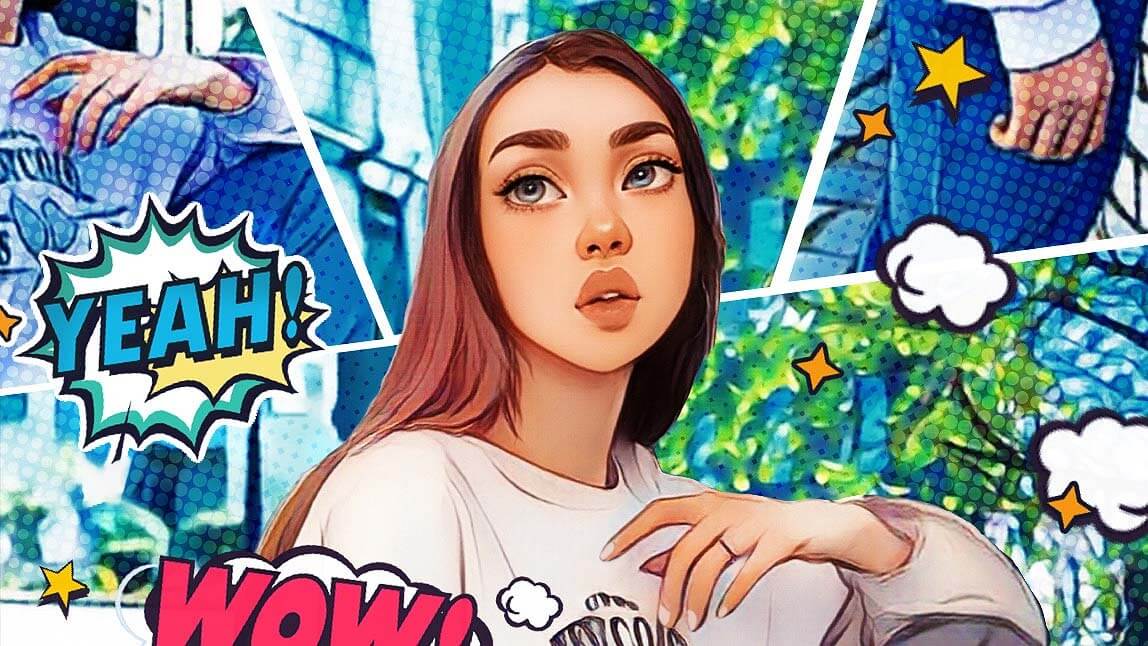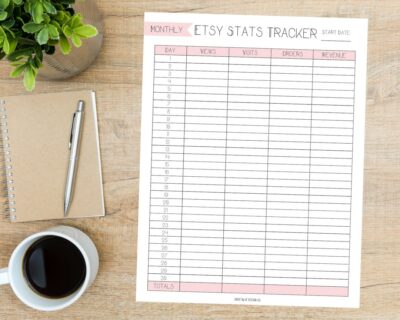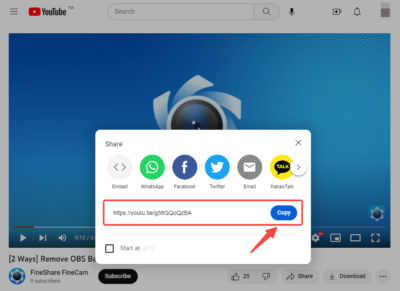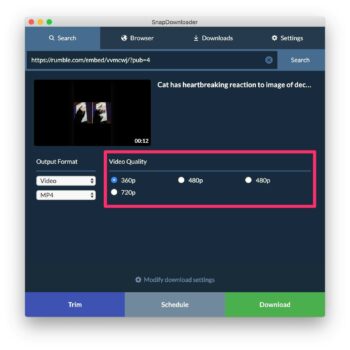The advent of AI drawing generators has opened up a new realm of possibilities in the field of digital art and design. These powerful tools are equipped with features that can significantly enhance the creative process. Let's explore some of the key capabilities that set AI drawing generators apart from traditional image creation methods.
- Text-to-Image Conversion: One of the most striking features of AI drawing generators is their ability to convert text descriptions into detailed images. This means you can simply type a description, such as "a sunset over a mountain range with a river in the foreground," and the AI will generate a corresponding image. This feature is not only innovative but also time-saving for creators who need to visualize concepts quickly.
- Style Adaptation: AI image generators can mimic various artistic styles, from classic oil painting to modern digital art. This versatility allows artists and designers to experiment with different aesthetics without needing to master each style manually.
- High-Resolution Outputs: These AI tools can produce images in high definition, ensuring that the final output is both visually stunning and suitable for professional use, whether it's for digital platforms or print media.
- Customization and Modification: Beyond initial creation, AI drawing generators offer extensive customization options. Users can tweak colors, adjust composition, or even merge different styles to achieve the desired result.
Let's look at a comparative table to better understand how AI drawing generators stand out from traditional methods:
| Feature | AI Drawing Generators | Traditional Methods |
|---|---|---|
| Speed of Creation | Instantaneous generation | Time-consuming |
| Style Versatility | High (Multiple styles available) | Limited to artist's skill |
| Customization | Extensive editing and modification options | Depends on medium and skill |
| Learning Curve | Minimal | Significant |
In conclusion, the capabilities of AI drawing generators are not just about replacing traditional methods but enhancing and complementing the creative process. Whether it's through the speed of generation, style versatility, or customization options, these AI tools offer a new dimension of creativity for professionals and hobbyists alike.
Benefits of Using AI for Image Creation

The integration of AI in image creation brings a plethora of advantages that can revolutionize the way we approach visual content. From enhancing productivity to fostering creativity, the benefits are multifaceted. Here's a closer look at the key advantages:
- Time Efficiency: AI significantly reduces the time required to create complex images. Where traditional methods might take hours or even days, AI can produce results in a matter of minutes or seconds, making it a game-changer for time-sensitive projects.
- Cost-Effectiveness: By streamlining the image creation process, AI reduces the need for extensive human labor and resources, which in turn lowers overall costs. This is particularly beneficial for small businesses or individuals with limited budgets.
- Accessibility: AI image generators democratize the field of digital art, making it accessible to people with varying levels of skill. Even those without formal training in graphic design can create high-quality images.
- Versatility and Innovation: AI opens up new avenues for creative exploration. Artists and designers can experiment with styles and techniques that may be beyond their manual skillset, leading to innovative and diverse artworks.
- Consistency and Scalability: For brands and businesses, maintaining visual consistency across various platforms is crucial. AI ensures this consistency while also offering scalability, making it easier to produce a large volume of images that adhere to a specific style or brand guideline.
Let's summarize these benefits in a table for a clear comparison:
| Benefit | Description |
|---|---|
| Time Efficiency | Quick creation of complex images, ideal for tight deadlines. |
| Cost-Effectiveness | Reduces labor and resource costs, beneficial for budget constraints. |
| Accessibility | Easy to use for people of all skill levels, enhancing inclusivity in digital art. |
| Versatility | Enables experimentation with various styles and techniques. |
| Consistency | Helps maintain uniformity in brand imagery across different mediums. |
In essence, AI in image creation is not just about the automation of tasks but the opening of doors to new possibilities in the realm of digital art and design. It empowers creators with tools that were previously unimaginable, setting a new standard for what can be achieved in image creation.
Also Read This: Artistic Displays: Getting Etsy Art on Your Frame TV
How AI Image Generators are Revolutionizing Design
The integration of AI into the realm of design is not just an evolution, but a revolution. AI image generators are reshaping the landscape of graphic design, illustration, and creative content development in several groundbreaking ways. Below, we explore the transformative impact of AI on the design world.
- Automating Repetitive Tasks: AI excels at handling repetitive and time-consuming tasks, such as resizing images or applying filters. This automation frees up designers to focus on more complex and creative aspects of their projects.
- Enabling Rapid Prototyping: With AI, designers can quickly generate multiple design prototypes, allowing for rapid experimentation and iteration. This agility accelerates the design process, from concept to final product.
- Personalization at Scale: AI image generators can create personalized designs at a scale that is unattainable by human hands alone. This capability is particularly valuable in marketing and advertising, where tailored content can significantly enhance customer engagement.
- Facilitating Creative Experimentation: By providing a vast array of styles and techniques, AI encourages designers to explore new creative territories without the need for extensive training or resources.
- Improving Accessibility: AI tools have made design more accessible to non-professionals. This democratization allows a broader range of people to engage in creative endeavors, encouraging diversity and inclusivity in the design community.
Let's see a comparative analysis in a table format:
| Aspect | Impact of AI Image Generators |
|---|---|
| Efficiency | Automates routine tasks, speeding up the design process. |
| Innovation | Enables the creation of unique and innovative designs. |
| Personalization | Facilitates the creation of personalized content on a large scale. |
| Creativity | Opens new avenues for creative experimentation. |
| Accessibility | Makes design tools more accessible to non-professionals. |
In conclusion, AI image generators are not just another tool in the designer's toolkit; they represent a paradigm shift in how we approach design. By automating routine tasks, enabling rapid prototyping, and allowing for unprecedented levels of personalization and creativity, these AI tools are setting the stage for a new era in design—one that is more efficient, inclusive, and boundlessly creative.
Also Read This: How to Download Linkedin Videos Online for Free
Step-by-Step Guide to Using an AI Image Generator
Utilizing an AI image generator can seem daunting at first, but with the right guidance, it's a straightforward and rewarding process. Whether you're a designer, marketer, or hobbyist, these steps will help you navigate the world of AI-generated imagery with ease. Let’s break down the process into manageable steps:
- Select the Right AI Image Generator: Research and choose an AI tool that best suits your needs. Consider factors like ease of use, customization options, output quality, and cost.
- Understand the Interface: Familiarize yourself with the user interface of the AI generator. Most tools will have a dashboard where you can input data and manage your projects.
- Define Your Image Requirements: Clearly define what you want to create. This might include the style, color scheme, subject matter, and any specific elements you want to include in your image.
- Input Your Parameters: Enter your requirements into the AI tool. This could be in the form of text descriptions, keywords, or even simple sketches, depending on the tool’s capabilities.
- Generate the Image: Initiate the image generation process. The AI will process your input and produce an image based on the given parameters.
- Review and Refine: Once the image is generated, review it thoroughly. If it doesn't meet your expectations, most AI tools allow you to tweak the settings or input and regenerate the image.
- Download and Use: When you are satisfied with the image, download it in the desired format. You can then use it for your specific project or purpose.
Here's a quick reference table to summarize these steps:
| Step | Action |
|---|---|
| 1. Select AI Tool | Choose a suitable AI image generator. |
| 2. Learn the Interface | Get comfortable with the tool’s dashboard and features. |
| 3. Define Requirements | Decide on the specifics of the image you want to create. |
| 4. Input Parameters | Enter the necessary details or descriptions into the tool. |
| 5. Generate Image | Allow the AI to process your input and create the image. |
| 6. Review and Refine | Assess the output and make adjustments if needed. |
| 7. Download and Use | Save the final image and utilize it for your project. |
This step-by-step guide serves as a simple roadmap to navigate the exciting process of creating AI-generated images. With practice and experimentation, you'll find these tools can significantly enhance your creative workflow.
Also Read This: A Quick Guide to Saving Twitter Videos to Your Phone Using This Free Tool
Comparing Top AI Image Generators in the Market
With the growing popularity of AI in image creation, several AI image generators have emerged in the market. Each offers unique features and capabilities. To help you choose the right tool for your needs, here’s a comparison of some of the top AI image generators currently available.
We will compare these tools based on key aspects such as ease of use, quality of output, customization options, and pricing.
| AI Image Generator | Ease of Use | Quality of Output | Customization Options | Pricing |
|---|---|---|---|---|
| Generator A | User-friendly interface | High-resolution images | Limited customization | Free with premium options |
| Generator B | Moderate learning curve | Realistic and detailed | Extensive customization | Subscription-based |
| Generator C | Complex for beginners | Artistic and unique styles | Highly customizable | Free trial, then paid |
| Generator D | Simple and intuitive | Good for basic needs | Basic customization | Freemium model |
- Generator A: Best for beginners and those needing quick, basic images. Ideal for simple projects and social media content.
- Generator B: Suitable for professionals who require high-quality, detailed images. Offers more control over the final output.
- Generator C: Perfect for artists and designers looking for unique styles and extensive customization options.
- Generator D: A good option for users who need a balance between simplicity and quality, especially for small businesses or personal use.
In conclusion, the choice of an AI image generator depends largely on your specific needs, skill level, and budget. While Generator A and D are more user-friendly and cost-effective, Generators B and C offer higher quality and more customization options, catering to professional and artistic requirements. It's essential to consider these factors when selecting the most suitable AI image generator for your project.
Also Read This: Page Ownership: Claiming Your IMDb Page – Taking Control of Your IMDb Presence
Creative Applications of AI-Generated Images
The advent of AI-generated images has opened up a plethora of creative possibilities across various fields. These AI tools are not just revolutionizing traditional approaches but are also creating entirely new avenues for creativity. Here are some of the most compelling applications:
- Graphic Design: AI-generated images can produce unique logos, banners, and other graphic elements, providing designers with new inspiration and speeding up the creative process.
- Advertising and Marketing: In advertising, AI can generate tailored visuals for target audiences, enhancing personalization in marketing campaigns.
- Entertainment and Media: For film and game development, AI can create concept art and backgrounds, helping storyboard artists and concept designers in their creative processes.
- Fashion Industry: Fashion designers can use AI to visualize new patterns, textiles, and even entire clothing lines, pushing the boundaries of traditional fashion design.
- Artistic Expression: Artists can explore new forms of digital art, using AI as a tool to create abstract and experimental artworks.
- Educational Content: AI-generated images can be used to create educational materials, such as illustrations for textbooks or interactive learning tools.
- Web and App Design: In web and app development, AI can quickly generate icons, layouts, and other visual elements, streamlining the design process.
- Architectural Visualization: Architects and interior designers can use AI to generate realistic renders of buildings and interiors, aiding in the visualization and planning stages.
Here's a breakdown of these applications:
| Field | Application |
|---|---|
| Graphic Design | Creation of logos, banners, and graphic elements |
| Advertising and Marketing | Personalized visual content for campaigns |
| Entertainment and Media | Concept art and backgrounds for films and games |
| Fashion Industry | Visualization of new designs and patterns |
| Artistic Expression | Creation of digital art and experimental pieces |
| Educational Content | Illustrations and interactive learning tools |
| Web and App Design | Generation of visual elements for digital platforms |
| Architectural Visualization | Realistic renders for buildings and interiors |
In conclusion, the creative applications of AI-generated images are vast and varied, catering to a wide range of industries. As this technology continues to evolve, it's likely that even more innovative uses will emerge, further expanding the horizons of creativity and design.
Also Read This: Here’s How to Save Likee Videos to Your Gallery
Future Prospects of AI in Image Generation
The future of AI in image generation is not just promising; it's poised to redefine the realms of creativity, design, and visual communication. As technology advances, we can anticipate several transformative changes and innovations. Here’s a glimpse into what the future may hold:
- Enhanced Realism and Quality: Future AI image generators are expected to produce images of even higher quality and realism, making them indistinguishable from photographs or hand-drawn art.
- Improved Accessibility and User-Friendliness: AI tools will become more accessible and easier to use, allowing people with minimal artistic skills to create professional-grade images.
- Greater Customization and Control: Advances in AI will offer users more control over the creative process, enabling more precise and detailed customization of images.
- Integration with Other Technologies: AI image generators will likely integrate with VR (Virtual Reality), AR (Augmented Reality), and 3D modeling, opening new avenues for immersive experiences and design.
- Automated Content Creation: AI could automate parts of the content creation process, particularly in fields like journalism, blogging, and social media, by generating relevant images automatically.
- Expansion into New Industries: AI-generated imagery will find applications in new industries, including scientific research, where it could visualize complex data, and in healthcare for medical imaging and diagnostics.
Here's a table summarizing these future prospects:
| Aspect | Future Development |
|---|---|
| Quality | Unprecedented realism and higher image quality |
| Accessibility | Easier usage for a broader audience |
| Customization | More detailed and precise control in image creation |
| Technological Integration | Combining with VR, AR, and 3D modeling |
| Content Creation | Automating image generation for various content |
| New Industries | Applications in fields like science and healthcare |
In conclusion, the horizon of AI in image generation is vast and continuously expanding. These advancements are not just enhancing existing practices but are also paving the way for innovative applications that were once thought impossible. As AI technology evolves, it will undoubtedly continue to transform the landscape of visual creativity and beyond.
Also Read This: Serato Synch: Refreshing SoundCloud on Serato – Keeping Your Playlist Updated
FAQ
Here are some frequently asked questions about AI image generators that can help you better understand and utilize these innovative tools:
- What is an AI Image Generator?
An AI image generator is a tool that uses artificial intelligence, particularly machine learning algorithms, to create visual content from textual descriptions or other inputs. - How do AI Image Generators work?
These tools typically use a process called neural network training, where the AI is trained on large datasets of images and learns to generate new images based on patterns and features it has learned. - Can AI Image Generators create any type of image?
While AI image generators are versatile, their ability to create specific types of images depends on their training and the complexity of the request. They are generally more effective with common themes and styles. - Are images created by AI Image Generators copyright-free?
The copyright status of AI-generated images can be complex. It often depends on the tool’s terms of use and the originality of the generated image. It's advisable to check with each platform's guidelines. - How can I use AI-generated images for my business?
AI-generated images can be used for branding, marketing materials, website design, product illustrations, and much more. They offer a quick and often cost-effective way to source visual content. - What are the limitations of AI Image Generators?
Limitations include a lack of understanding of complex or abstract requests, possible quality issues with highly detailed images, and the ethical considerations around creative authenticity. - Is it easy to use an AI Image Generator?
Most AI image generators are user-friendly and designed for both beginners and professionals. Ease of use can vary depending on the complexity of the tool. - How is AI changing the field of image generation?
AI is revolutionizing image generation by making it faster, more accessible, and more innovative, allowing for the creation of visuals that were previously difficult or impossible to produce manually.
Conclusion
In conclusion, the emergence of AI image generators represents a significant milestone in the evolution of digital creativity. These tools are not just transforming the way professionals in various fields create and design visuals, but they are also democratizing the ability to generate high-quality images, making it accessible to everyone. Whether you are a graphic designer, marketer, artist, or simply someone who loves creating, AI image generators offer an unprecedented opportunity to explore and realize your creative visions.
The current landscape and future prospects of AI in image generation suggest a world where the boundaries of creativity are continually expanding. As these tools become more advanced and user-friendly, we can expect them to play a pivotal role in various industries, ranging from entertainment and advertising to education and beyond. The integration of AI in image creation is not just a technological advancement; it's a gateway to a new era of innovation and artistic expression.
It's important to stay informed and adaptable as this technology continues to evolve. Embracing AI image generators can provide a competitive edge, enhance creative processes, and open up new possibilities for visual storytelling. As we look to the future, one thing is certain: AI-generated imagery will continue to be an integral part of the digital landscape, reshaping our visual world in ways we have yet to imagine.














